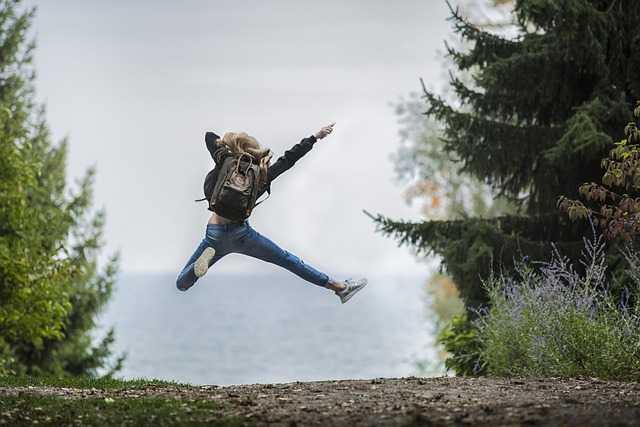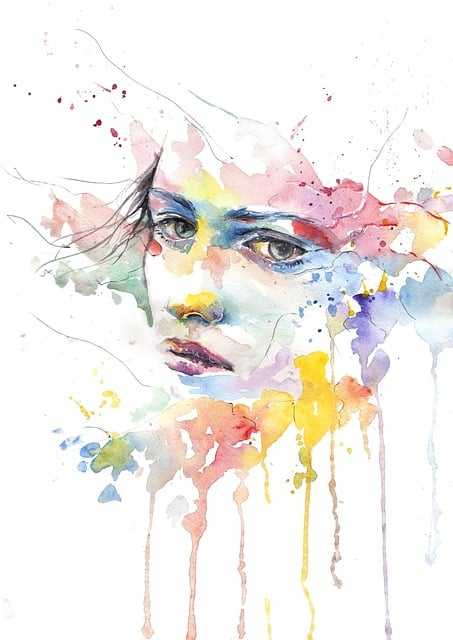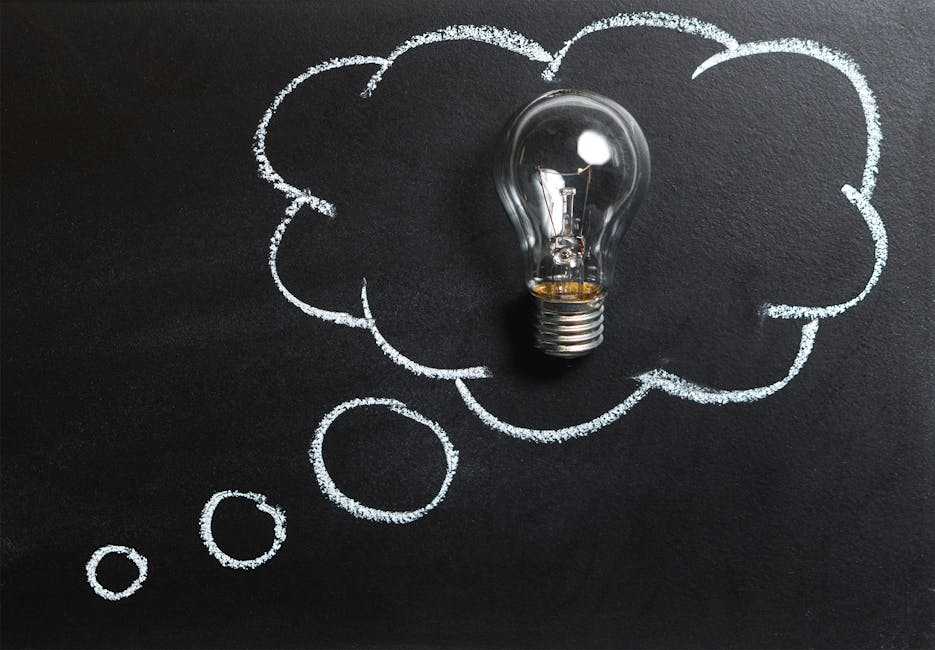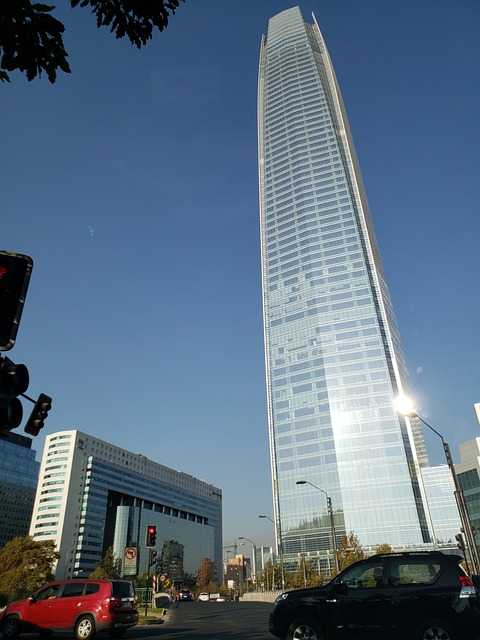Table of Contents
- Exploring Techniques in Modern Art Drawing
- The Role of Emotion in Contemporary Sketching
- Materials That Transform Your Artistic Vision
- Inspiring influences Behind Modern Art Styles
- Developing Your Unique Voice in Drawing
- Q&A
- Final Thoughts


Exploring Techniques in Modern Art Drawing
In the realm of contemporary artistry, drawing techniques have expanded substantially, pushing boundaries and inviting unconventional approaches. Mixed media has emerged as a favored technique among modern artists, blending traditional materials like charcoal and graphite with non-traditional elements such as fabric, magazine clippings, and even electronic screens. This fusion not only enhances texture but also adds depth to the narrative conveyed through the artwork. Artists are encouraged to experiment, integrating various forms of expression to create dynamic and multifaceted pieces.
The use of digital tools is another noteworthy trend in modern drawing practices.Software such as Adobe Illustrator and Procreate allows artists to manipulate their designs effortlessly and explore vibrant color palettes that might be challenging to achieve with traditional methods. This technology not only streamlines the editing process but also invites a broader audience into the creative process. The resulting digital illustrations range from illustrative graphics to intricate vector designs, bridging the gap between traditional artistry and modern technology.
Additionally, conceptual drawing has gained traction, where the focus shifts from technical accuracy to conveying ideas and emotions. artists utilize looser styles that prioritize expression over precision, embracing spontaneity and the beauty of imperfection. Techniques like gesture drawing encourage fast, fluid sketches that capture the essence of a subject in mere moments. This method invites viewers to engage with the artwork on a contemplative level, sparking conversations about intent, meaning, and interpretation, thus broadening the discourse surrounding modern art.


The Role of Emotion in Contemporary Sketching
Emotion plays a pivotal role in contemporary sketching, forging connections between the artist’s inner world and the viewer’s interpretation. Sketching, often perceived as a preliminary step in the artistic process, is now recognized as a dynamic medium in its own right. Artists harness emotions to convey their messages, transforming simple lines and shapes into profound narratives. The spontaneity inherent in sketches allows for a free flow of feelings, inviting observers to experience the artwork on a personal level.
Artists utilize various techniques to evoke emotion in their sketches, including:
- Color Selection: Choose hues that resonate with specific feelings-warm tones can evoke happiness, while cooler shades might elicit sadness.
- Line Quality: The thickness and fluidity of lines can express tension or calm,adding layers of meaning to the artwork.
- Subject Matter: Incorporating relatable themes such as love, loss, or nature can trigger emotional responses from viewers.
The impact of emotional resonance can be visually analyzed through various sketches. Below is a table that highlights different emotional responses elicited by specific sketch attributes:
| Attribute | Emotion Evoked |
|---|---|
| Angled Lines | Tension |
| Soft Curves | Calm |
| Bold Colors | Joy |
| Muted Tones | Nostalgia |
the emotional depth embedded within contemporary sketching not only enhances the connection between the artist and the audience but also enriches the overall artistic experience. By skillfully integrating emotion into their sketches, artists create a dialogue that invites engagement and reflection, making each piece a unique encounter with the human spirit.
Materials That Transform Your Artistic Vision
Artistic expression often begins with the materials you choose, and in the realm of modern art drawing, the right tools can unlock unprecedented creativity. Some materials can invigorate traditional concepts, while others may completely redefine them.Consider using a mixture of graphite, charcoal, and ink for versatility. While graphite offers precision, charcoal adds depth and texture, and ink can create sharp lines with a dramatic flair. Each of these mediums can evoke different emotions, making them powerful allies in your artistic toolkit.
Mixed media is another approach that can elevate your work beyond conventional boundaries.Combine watercolors, pastels, and acrylics to bring a dynamic interplay of texture and vibrancy to your drawings. Watercolors can create ethereal backgrounds, while pastels provide soft, dreamlike effects, and acrylics can add elements of bold color and structure. This blend empowers artists to layer techniques, crafting a unique narrative that captivates viewers. Remember to explore the synergy created when blending various styles, as unexpected results can spark inspiration.
Another essential consideration is the surface upon which your artwork unfolds. Various papers, canvases, and even unconventional materials like wood or fabric can considerably alter the final piece’s appearance.Fine artist papers provide a luxurious feel, whereas canvas lends a contemporary essence to your drawings. Experimenting with these mediums allows you to tap into the subtleties of texture, color absorption, and interaction with light. Below is a simple table summarizing popular materials and their characteristics:
| Material | Key Features | Best Used For |
|---|---|---|
| Graphite | Precision, Range of tones | Detail work |
| Charcoal | Soft texture, Bold strokes | Shading and depth |
| Watercolor | Transparency, Fluidity | Background washes |
| Acrylic | Vibrant, Quick-drying | Bold designs |


Inspiring Influences Behind Modern Art Styles
Modern art styles have evolved through a confluence of historical, cultural, and technological influences. Among the most meaningful catalysts for change are the movements of the past, such as Impressionism and Cubism, which challenged traditional perspectives and techniques. Artists like Claude Monet and Pablo Picasso urged creators to explore new ways of seeing and interpreting the world. This legacy of questioning conventions continues to inspire contemporary artists to break boundaries and experiment with form and multi-dimensional expressions.
Another influential factor driving modern art is the cultural diversity and social movements that emerged during the 20th century. Events like the Harlem Renaissance and the feminist movement have given rise to powerful narratives that redefine identity and societal roles. As a result, artists from various backgrounds have brought unique perspectives to the canvas, exploring themes such as race, gender, and socio-political issues. This has led to the emergence of styles that incorporate diverse materials and practices, enriching the art landscape with depth and variety.
Furthermore, technological advancements are reshaping the definition of artistic creation. The advent of digital tools has opened new avenues for expression, allowing artists to blend traditional techniques with modern technology. For instance, the use of software applications for digital painting enables a seamless integration of visual elements, appealing to a tech-savvy audience. This fusion of art and technology not only enhances the creative process but also alters how artwork is presented and experienced in the digital age.


Developing Your Unique Voice in Drawing
Finding your own style in drawing requires exploration and experimentation. Begin by immersing yourself in a variety of techniques and mediums. This could involve:
- Experimenting with pencil shading and ink outlines.
- Incorporating mixed media elements like collage or digital tools.
- Studying the works of different artists across genres for inspiration.
As you navigate through different styles, pay attention to what resonates with you emotionally.Is it the boldness of abstract forms or the delicacy of realism? Keeping a sketchbook where you can freely express ideas without the worry of perfection can be immensely beneficial. This practice encourages spontaneity and can lead to the finding of new techniques that blend into your unique artistic identity.
Another critical aspect of developing your drawing voice is understanding the narrative behind your creations.Consider creating a visual story by integrating themes that matter to you. Use elements like:
| Theme Example | Visual Element |
|---|---|
| Nature | Organic shapes and earthy color palettes |
| Emotion | Dynamic line work and abstraction |
| Culture | Symbolic patterns and folklore motifs |
Incorporating these elements into your drawings not only personalizes your work but also invites viewers to connect with your art on a deeper level.remember, your unique voice evolves over time, so embrace the process and allow your artistic expression to grow organically. Each sketch is a step toward refining your distinctive style, helping you resonate within the modern art landscape.
Q&A
Q&A on Modern Art Drawing
Q1: What defines modern art drawing?
A: Modern art drawing transcends traditional representations, often prioritizing expression over realism. It encompasses a variety of styles, techniques, and media, emphasizing the artist’s individual vision. Characteristics may include abstract forms, innovative use of color, and unconventional materials, reflecting the complexities of contemporary life.
Q2: How dose modern art drawing differ from traditional drawing?
A: While traditional drawing typically focuses on representation and skill-based techniques, modern art drawing embraces spontaneity, abstraction, and conceptual themes. artists may forgo meticulous detail in favor of exploring emotions, ideas, and social commentary, allowing for a broader interpretation of “art.”
Q3: What materials are commonly used in modern art drawing?
A: Modern art drawing can involve a wide range of materials. Artists often use graphite, charcoal, ink, pastels, and markers, but many expand their repertoire to include non-traditional items such as collage materials, found objects, or digital media. This eclectic choice of materials supports the diverse expressions found in modern art.
Q4: Who are some influential artists in the realm of modern art drawing?
A: Notable figures include Pablo picasso, renowned for his pioneering work in Cubism; Jean-Michel Basquiat, known for his raw, street-inspired aesthetic; and keith Haring, whose vibrant and socially-conscious designs have left a lasting impact. Contemporary artists like Julie Mehretu and Banksy also push the boundaries of modern drawing.
Q5: How can one get started with modern art drawing?
A: Starting your journey in modern art drawing involves exploring various styles and techniques. Begin by experimenting with different materials and allowing yourself the freedom to create without the pressure of perfection. Joining workshops, visiting galleries, and studying the works of established artists can spark inspiration and help you develop your voice.
Q6: What themes are commonly explored in modern art drawing?
A: Modern art drawing often addresses complex themes like identity, social issues, technology, and the human experience. Artists frequently utilize symbolism and abstraction to provoke thought and emotional responses, inviting viewers to interpret the work through their own perspectives.
Q7: Is modern art drawing accessible to everyone?
A: Absolutely! Modern art drawing encourages inclusivity and personal expression. Anyone can engage with this form of art, irrespective of skill level. The emphasis is on exploration, experimentation, and communicating one’s feelings or ideas, making it a liberating experience for artists and audiences alike.
Q8: How does modern art drawing influence contemporary culture?
A: Modern art drawing plays a significant role in shaping contemporary culture by challenging norms,sparking discussions,and pushing societal boundaries. It reflects current issues and trends, frequently enough serving as a mirror to the zeitgeist and prompting conversations around identity, politics, and technology.
Q9: Can modern art drawing be a form of therapy?
A: yes, many people find drawing to be a therapeutic outlet.The act of creating can be meditative, providing a means for self-exploration and emotional release. Art therapy often incorporates modern drawing techniques, allowing individuals to express feelings that might be challenging to articulate verbally.
Q10: Where can I find modern art drawing exhibitions or communities?
A: Many contemporary art galleries and museums regularly host exhibitions focused on modern drawing. Additionally, local art studios, community centers, and online platforms offer workshops and forums that celebrate modern art. Social media and dedicated art websites can also connect you with like-minded individuals and emerging artists.
